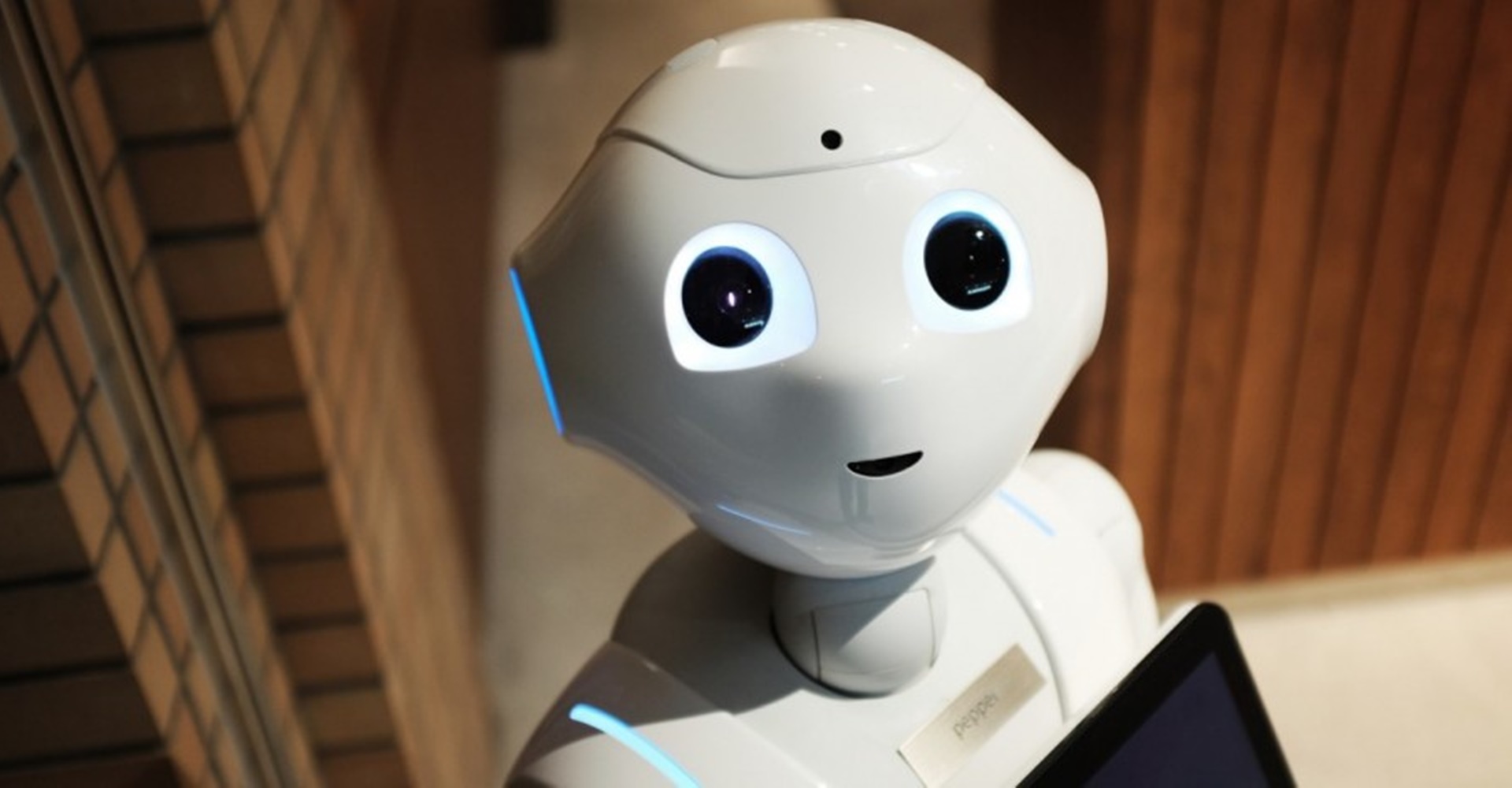Influencer marketing is the newest breakthrough to have shaken up the digital marketing landscape. Once an experimental channel, it has grown exponentially over the past few years – up to $6.5 billion in 2019. Now a mainstay of marketing organizations, the key success factor is figuring out how to get the most from it.
Artificial intelligence (AI), machine learning (ML) and natural language processing (NLP) are revolutionising the way brands conduct influencer marketing. AI-powered influencer marketing tech is helping brands in three key areas: identifying the right creators, suggesting impactful workflow actions, and creating more relevant content. With the digital universe continuing to expand, the true advantage of influencer marketing enhanced by data science lies in its ability to consider an inordinate amount of data in each recommendation.
Finding the right creators
Identifying the most suitable influencers is one of the biggest obstacles for marketers. In a world where customers are flooded with ads, presented to them wherever they go, brands need to redefine content to beat the masses. Over the years, it has been reported that the average person is exposed to thousands of brand messages every day. With the explosion in digital content across multiple devices, brand exposure is at an all-time high today. Brands need to deliver the content that resonates with their audience and cuts through the noise of the digital space. AI/ML can do this in three ways:
- Enabling content-based influencer classification
NLP AI analyses the content of a creator’s posts and generates things like interests, industries, demographics, and brand affinities from them. Influencer platforms use these classifications in ever-evolving discovery search engines. Visual search AI analyses the visual content of the creator’s posts to do much the same thing.
- Wide-scale audience response sentiment analysis
Similar to how AI processes and draws insights from the content of posts, it can also assess the content and gauge the sentiment of comments (and the posts of the commenters) to draw conclusions about the creator’s audiences. Similarly, sentiment analysis AIs can understand the reaction to a piece of content based on comments and engagements.
- Magical ‘relevant’ creator suggestions
Based on a brand’s goals, past Influencer Marketing efforts, and provided inputs, Influencer Marketing platforms can suggest creators that would be most successful for campaigns. This saves dramatically on one of the most time-consuming portions of the Influencer Marketing workflow: initial discovery before qualitative vetting.
Detecting fake engagement and fraudulent influencers
The challenge of finding the right creators for a brand is made worse by the problem of fraudulent influencers using social bots to falsify their impact, costing the industry $1.3 billion a year. AI can step in here by allowing for pattern/footprint analysis at scale among followers or comments, making it easy to distinguish between computer-generated and real-life influencers. It simply isn’t possible for organizations to do this manually and compete with a bot generator. Only AI can constantly analyse, maintain, and scale a bank of fraudulent footprints that might indicate fake accounts.
Identifying relevant and valuable content
Another difficulty is in identifying the type of content that will resonate best with a particular influencer’s followers. With the growing popularity of image and video-based content, automated analysis is necessary to find out whether the content is delivering desired results.
AI can process and assess vast quantities of data that marketers need to assess the value of certain types of content. It does so at scale; and the more it does, the smarter, faster and more efficient it becomes.
Another value is its ability to produce editorial content suggestions based on key results versus hundreds of inputs, and pre-flight content performance predictions against a creator’s audience.
Predicting/calculating campaign ROI
Calculating the ROI of an influencer marketing campaign is a significant challenge. Collecting and analysing engagement metrics from social media platforms is one thing but converting this into value in terms of overall revenue is far more difficult.
AI enables regression analysis of key results versus hundreds of inputs. It does this through algorithms that are able to draw correlations from metric blends, find strong correlations between those blends to impactful metrics, and use those models to predict future performance. Because every creator, brand, and campaign are different, this would take humans years to do.
Another way in which AI can predict ROI is through dynamic, narrow (persona-based) performance benchmarking and forecasts. Where a creator’s success is anomalous – for example, due to the locality and seasonality of a particular campaign – marketers need to be able to rely on AI, which has the bandwidth to consider micro-variables at this level. Similarly, with dynamic, broad (industry) benchmarking and forecasts – only a machine can deal with the mass amounts of big data and inputs when crunching more generalized, top-level insights.
The next phase of influencer marketing
Influencer marketing is one of the fastest-growing areas of marketing. Brands now need to invest in improving the performance of their influencer marketing campaigns. This means realizing the importance of AI, which offers meticulous speed, accuracy and efficiency, and integrating it with influencer marketing.
thedrum.com / balkantimes.press
Napomena o autorskim pravima: Dozvoljeno preuzimanje sadržaja isključivo uz navođenje linka prema stranici našeg portala sa koje je sadržaj preuzet. Stavovi izraženi u ovom tekstu autorovi su i ne odražavaju nužno uredničku politiku The Balkantimes Press.
Copyright Notice: It is allowed to download the content only by providing a link to the page of our portal from which the content was downloaded. The views expressed in this text are those of the authors and do not necessarily reflect the editorial policies of The Balkantimes Press.

